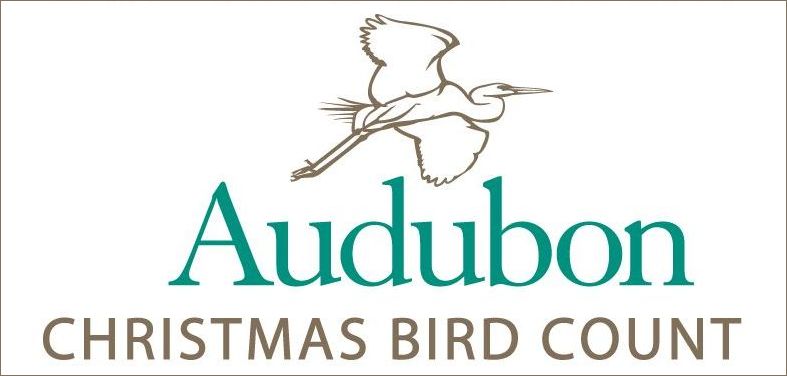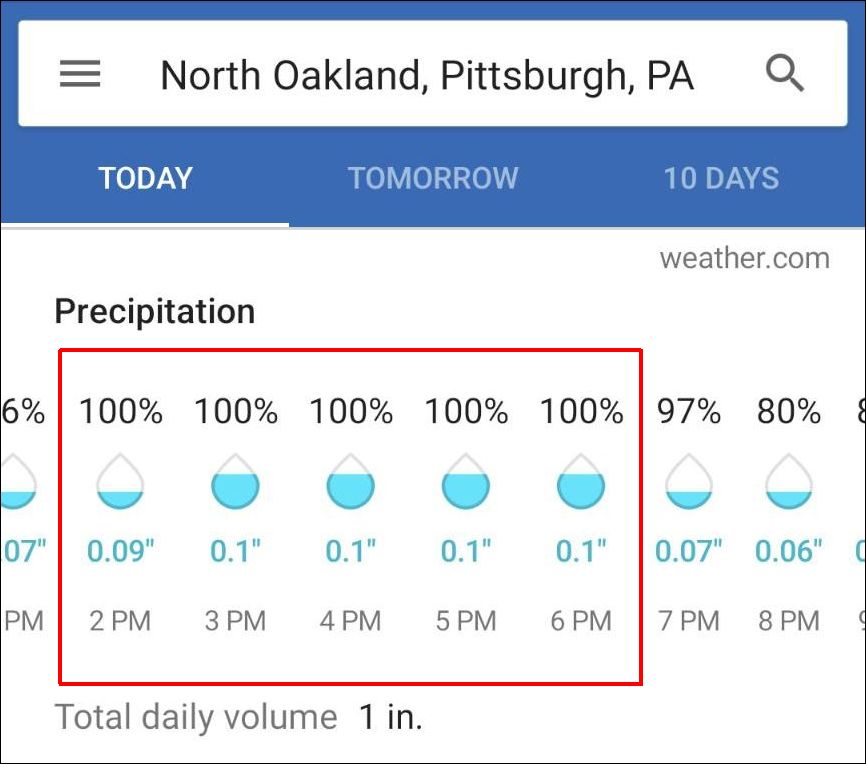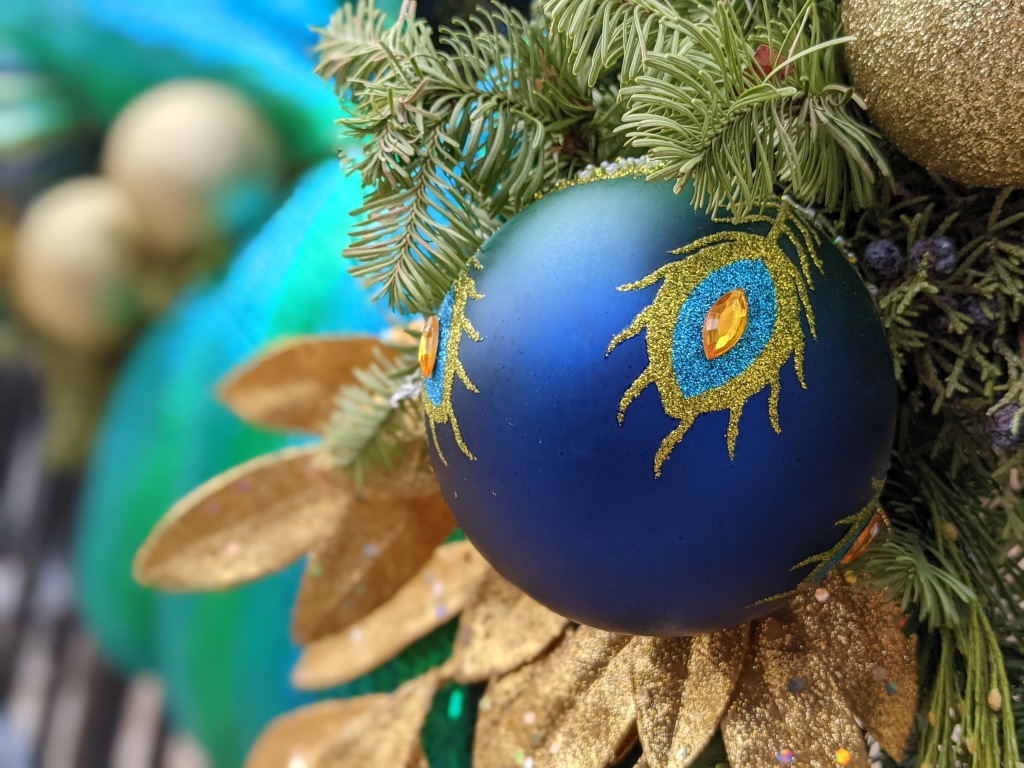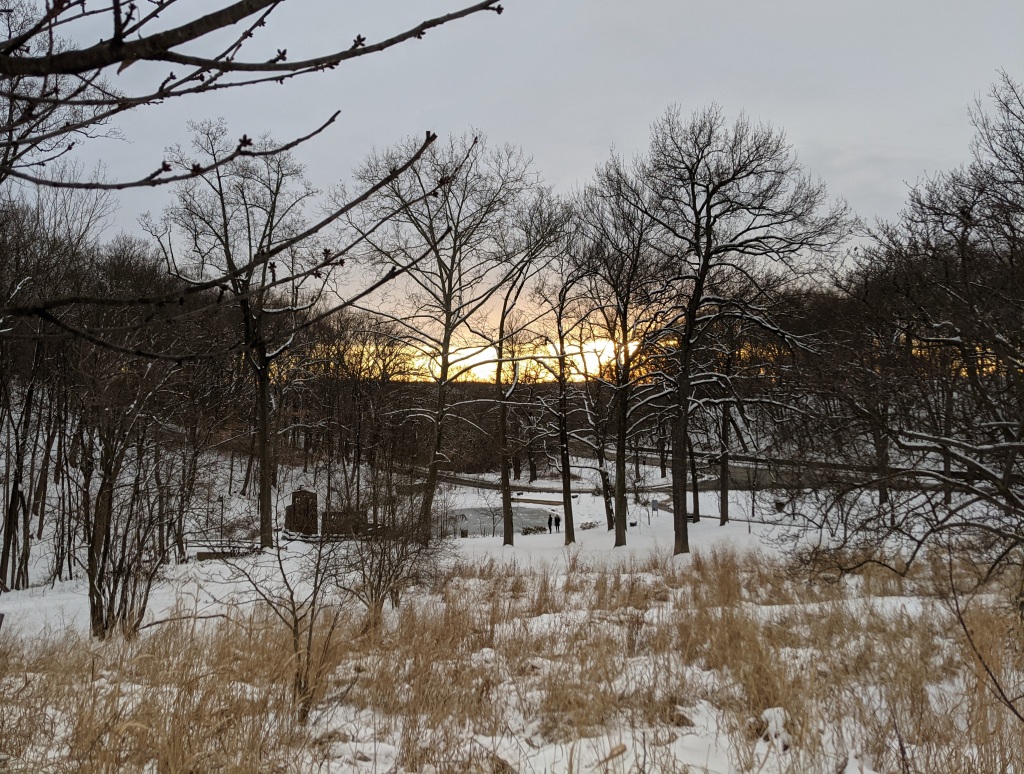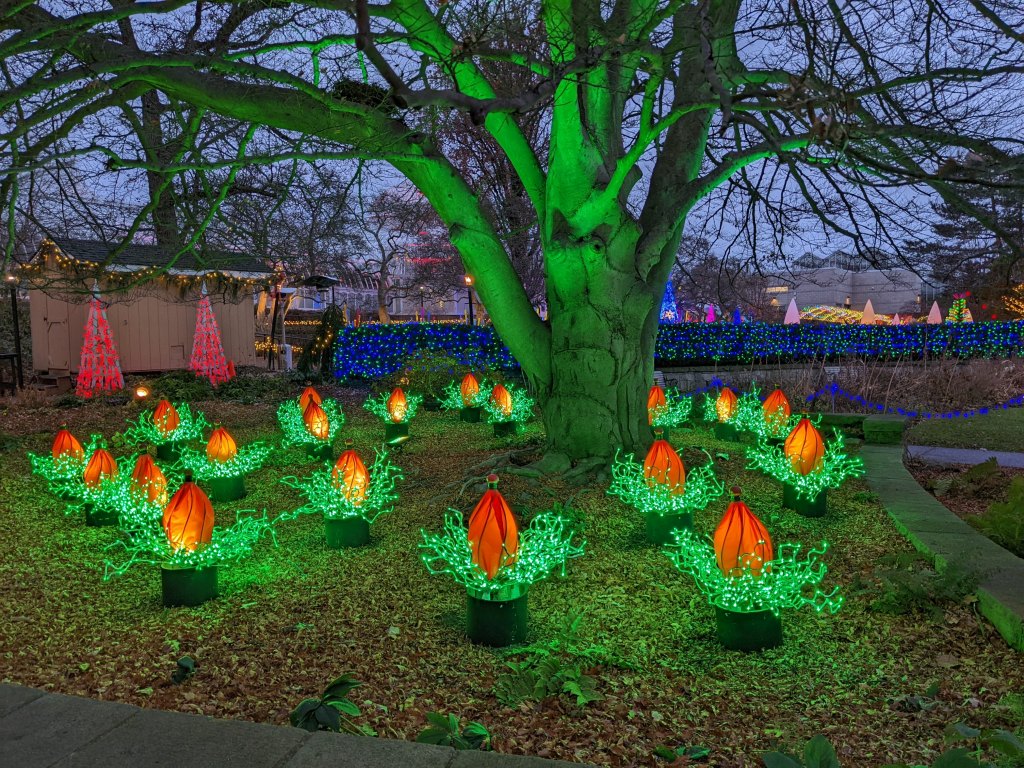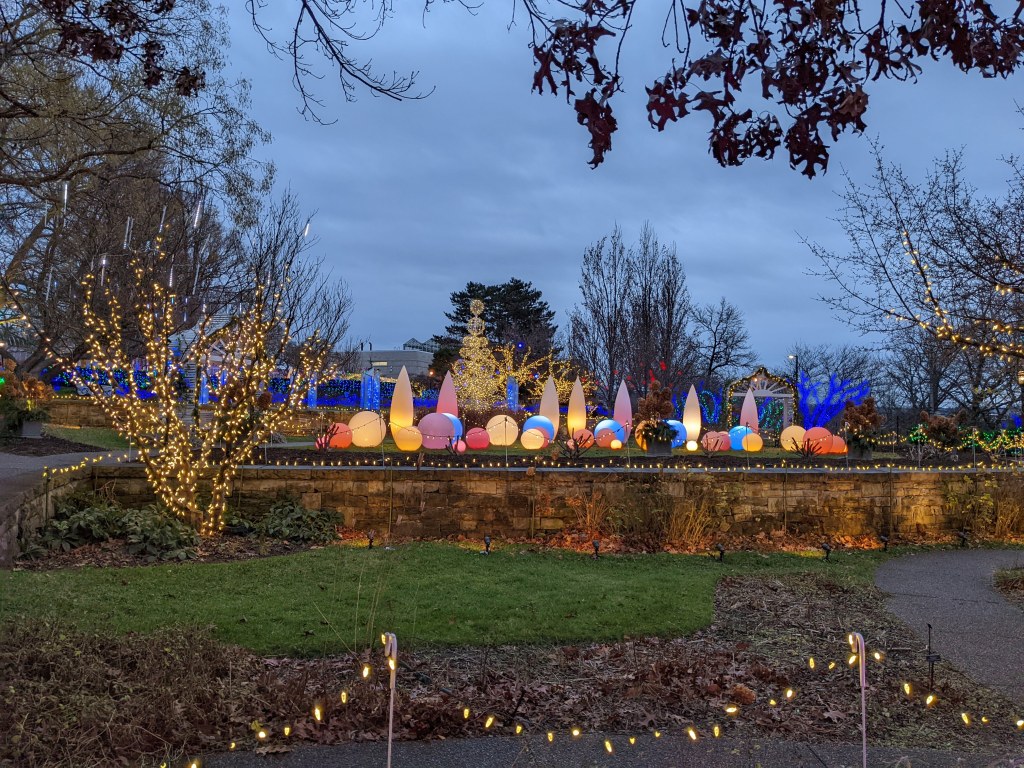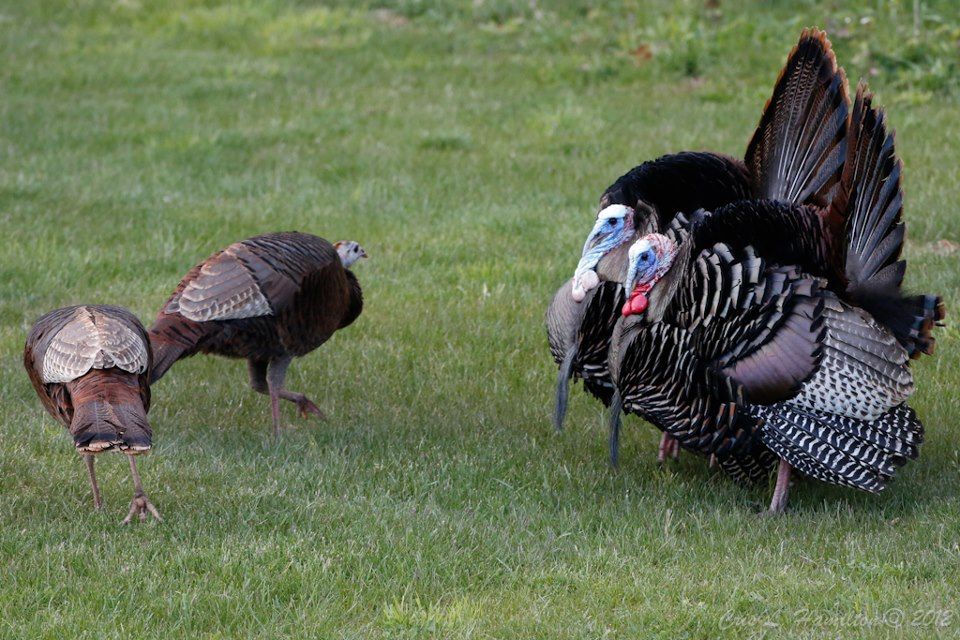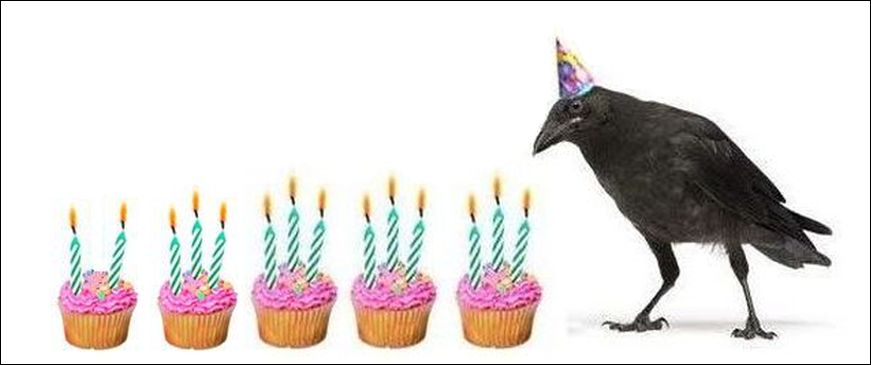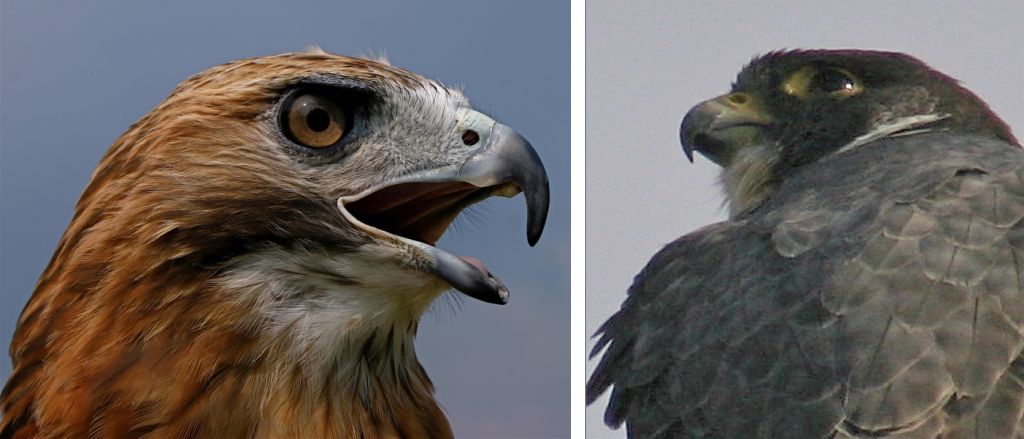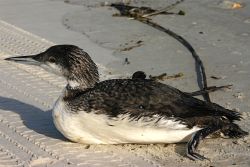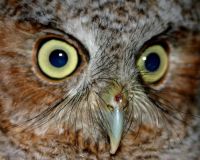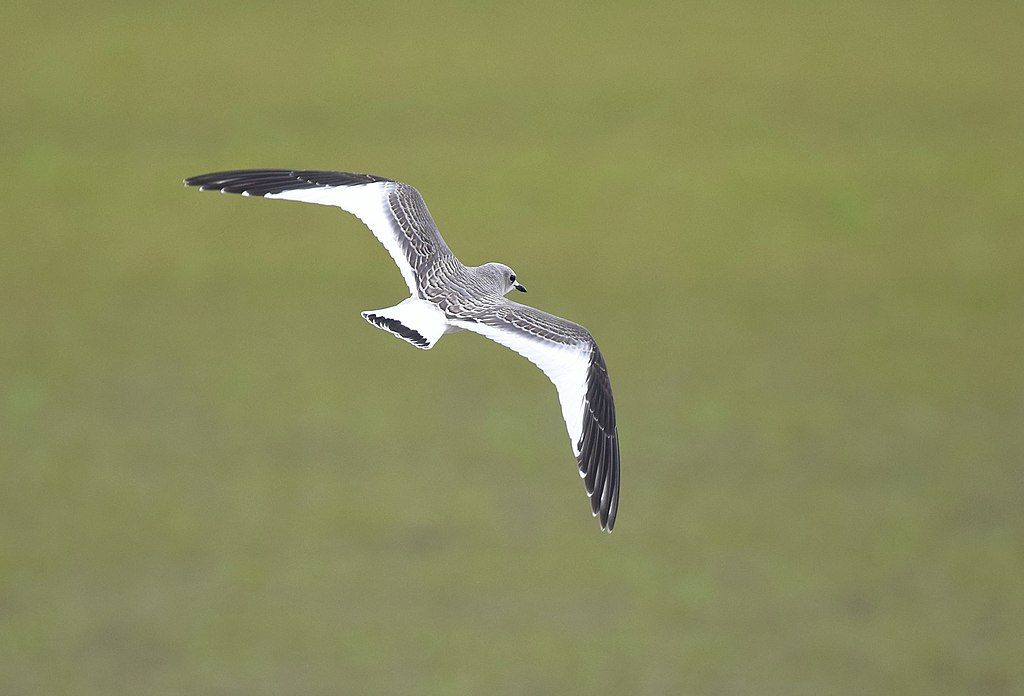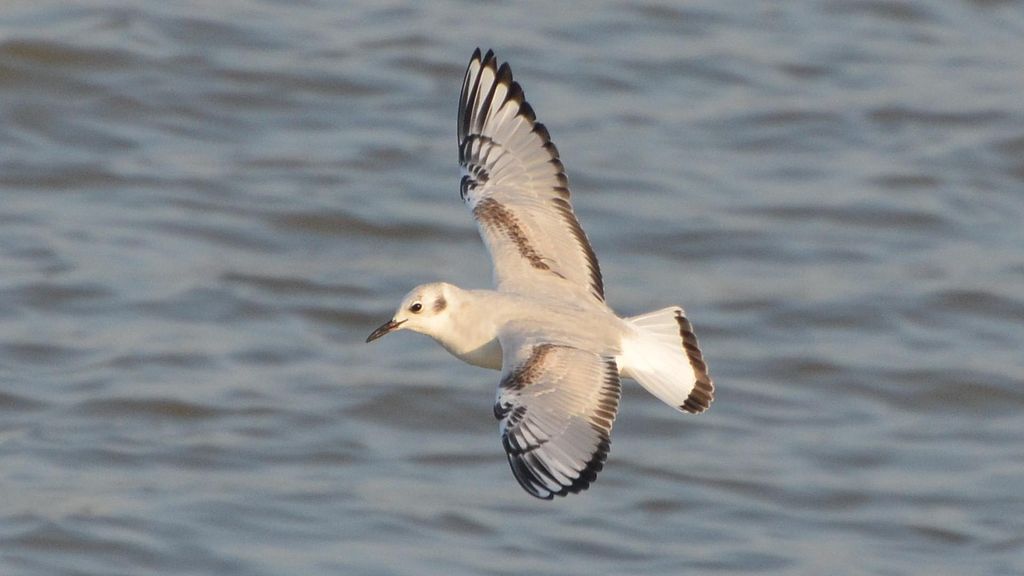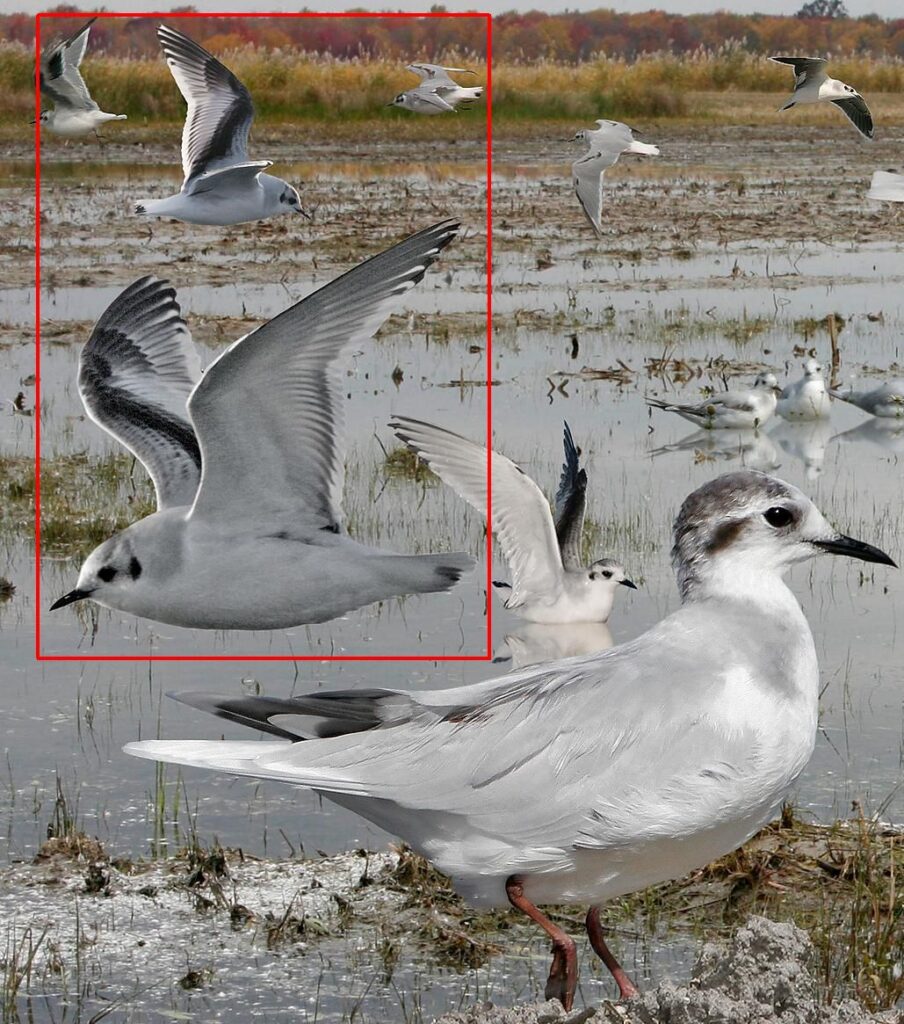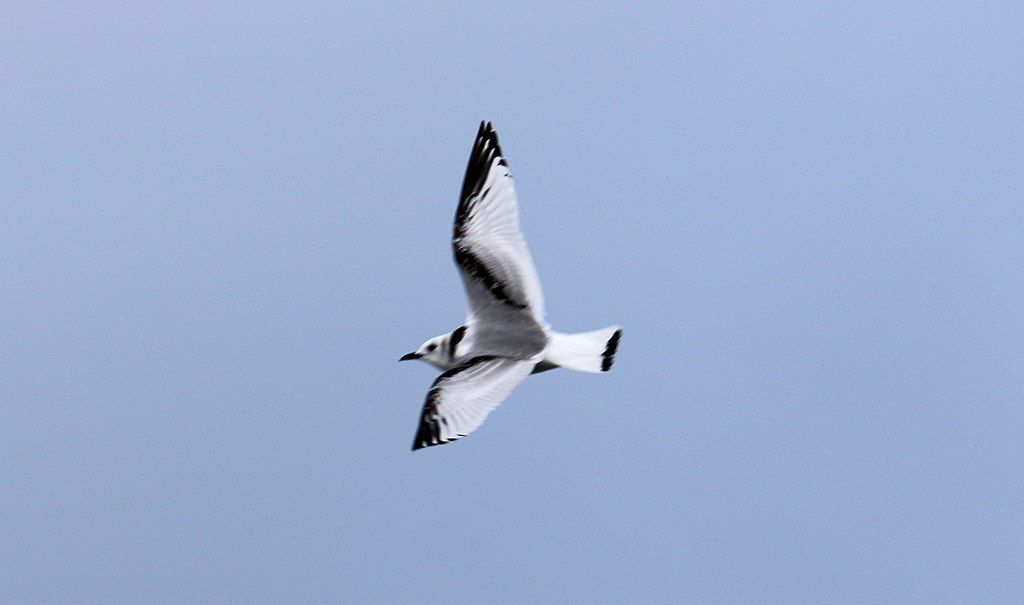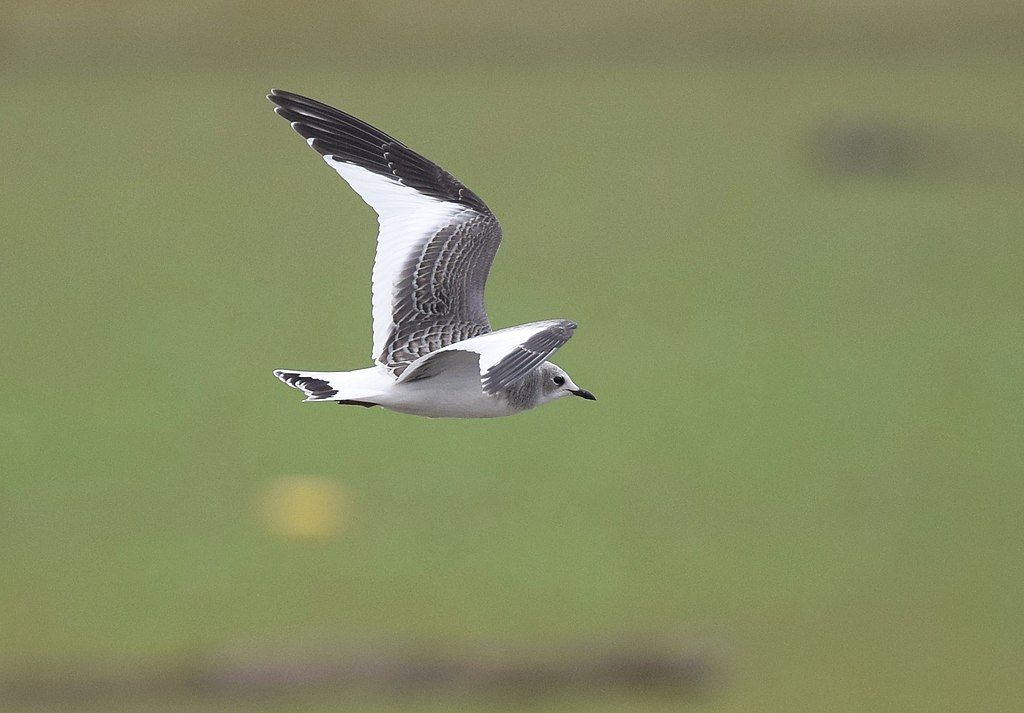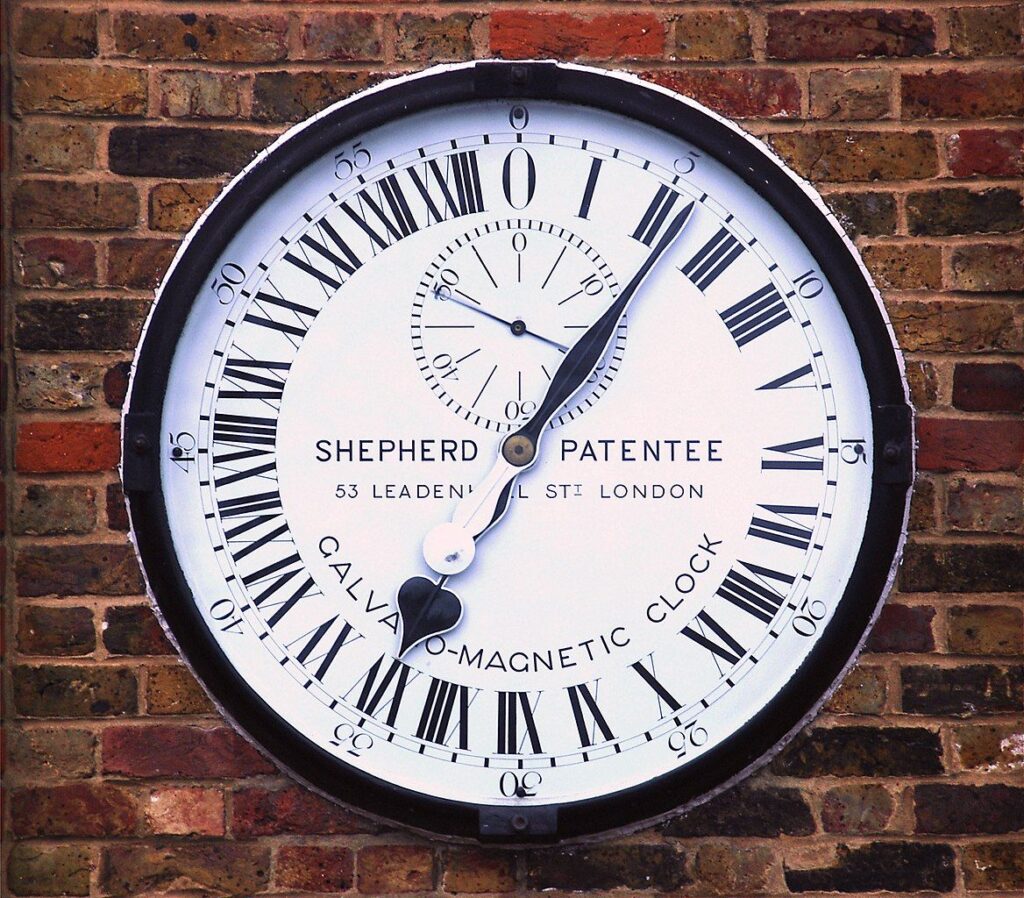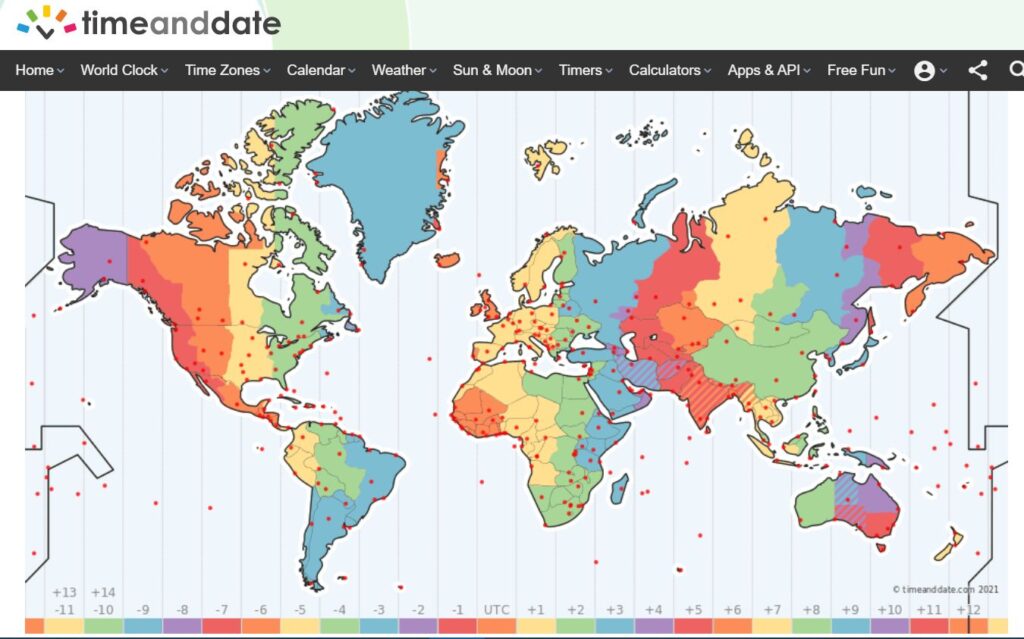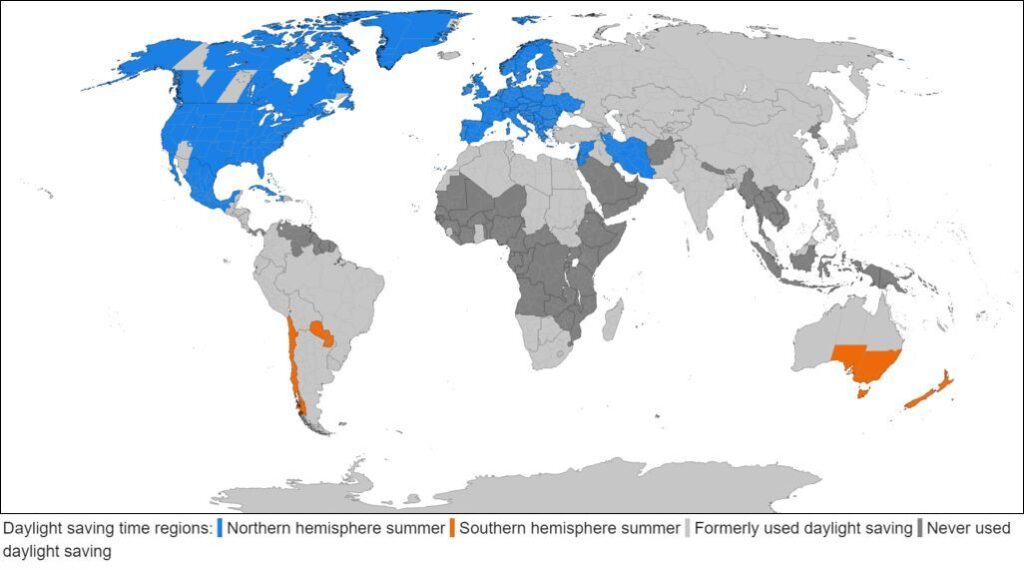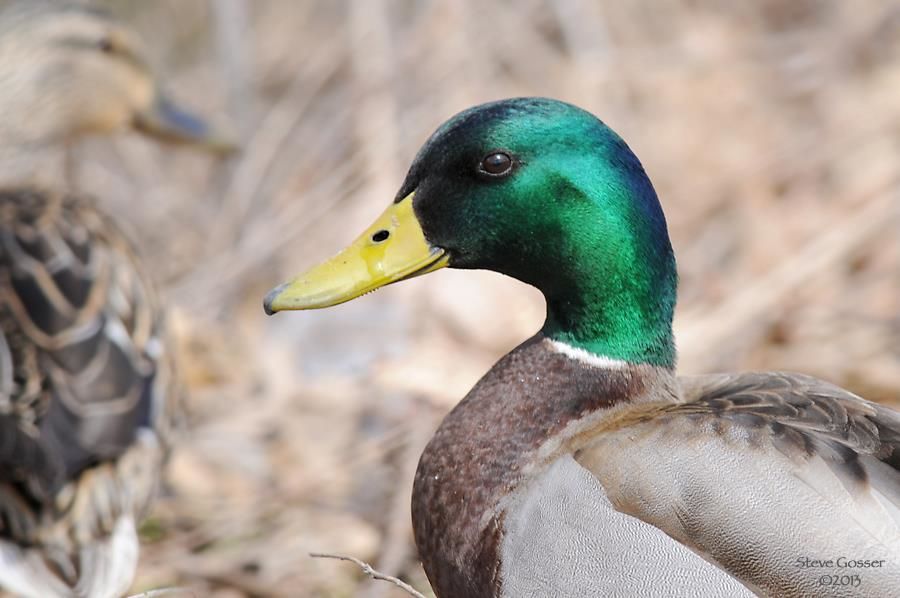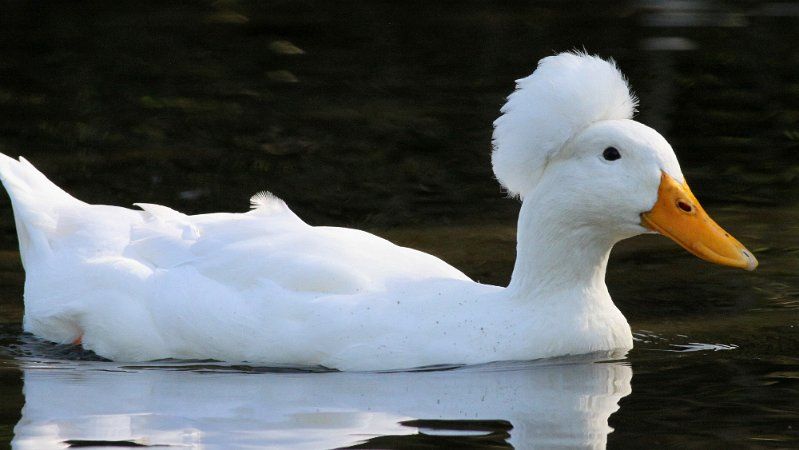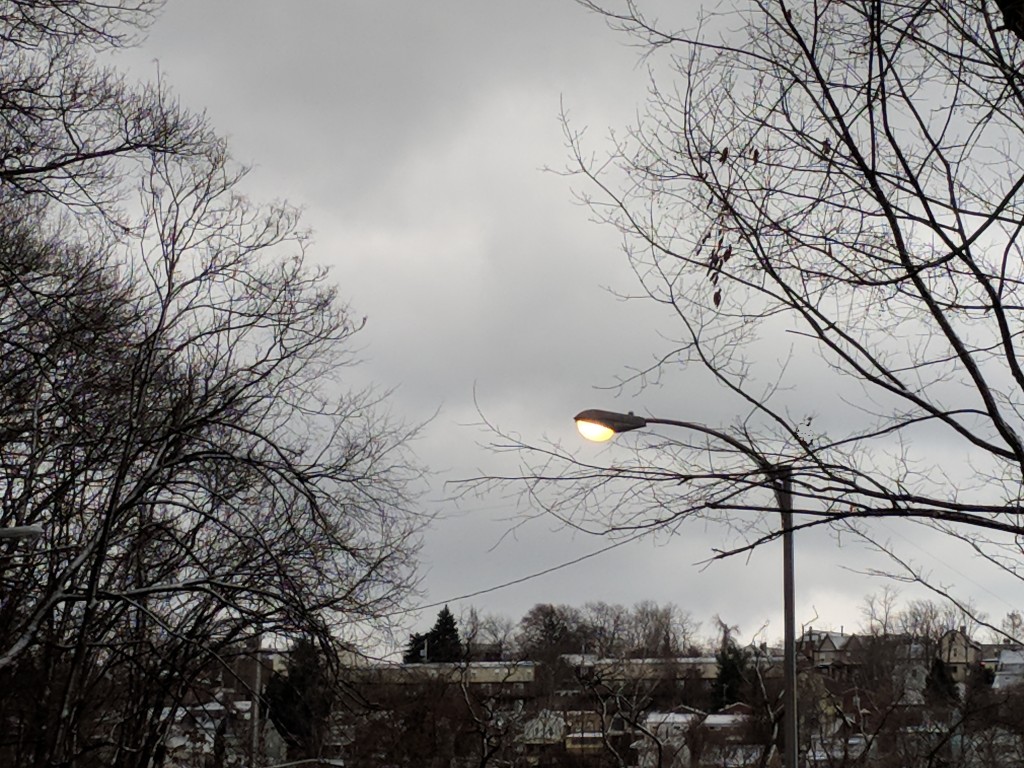
6 January 2022
Year after year we’ve counted thousands of crows — up to 20,058! — during Pittsburgh’s Christmas Bird Count so we were stunned when the annual count on 1 January 2022 yielded zero (0!) at the South Oakland roost and only seven crows nearby at dusk. Roosting crows were a No Show at the CBC. Where were they? And why?
The best way to count Pittsburgh’s winter crow flock is to find a good vantage point and count them as they stream into the roost. Before Christmas they roosted in South Oakland, confirmed by my count of at least 5,200 crows near Magee Hospital on 8 December. However on Count Day a number of things went wrong.
Crow counters usually work as a team but my teammate Claire Staples was injured in mid-December and is still recuperating. I tried to recruit others but no one jumped at the chance because …
The weather was warm but extremely rainy and foggy. All the high vantage points were enshrouded in fog so I went to Dan Marino Field in South Oakland where the crows fly by. It poured! I was soaked by relentless rain for an hour while I counted five crows overhead and two cawing in the neighborhood. Yet 220 American robins pulled worms from the mud and sang in the rain. As I drove home I checked the roosting trees near Magee Hospital. No crows anywhere!
Apparently crows change their roosting habits in heavy rain.
Were they still flying to South Oakland? As a partial answer I counted from the roof of my building on 2 January for 20 minutes. In the distance 1,140 crows flew toward South Oakland. Less than I expected. Have they split the roost into several locations?
The crows are here somewhere. Have you seen them? Where?
UPDATE: Gerry Devinney filmed a huge flock of crows near the Petersen Events center on 18 December.
On Throw Back Thursday here’s a look back at the Good Old Days of 2012 when it was possible to count 20,000 crows.

